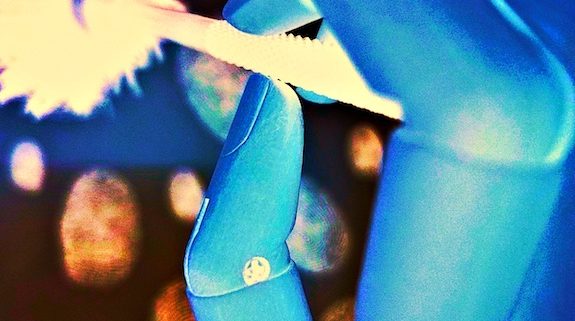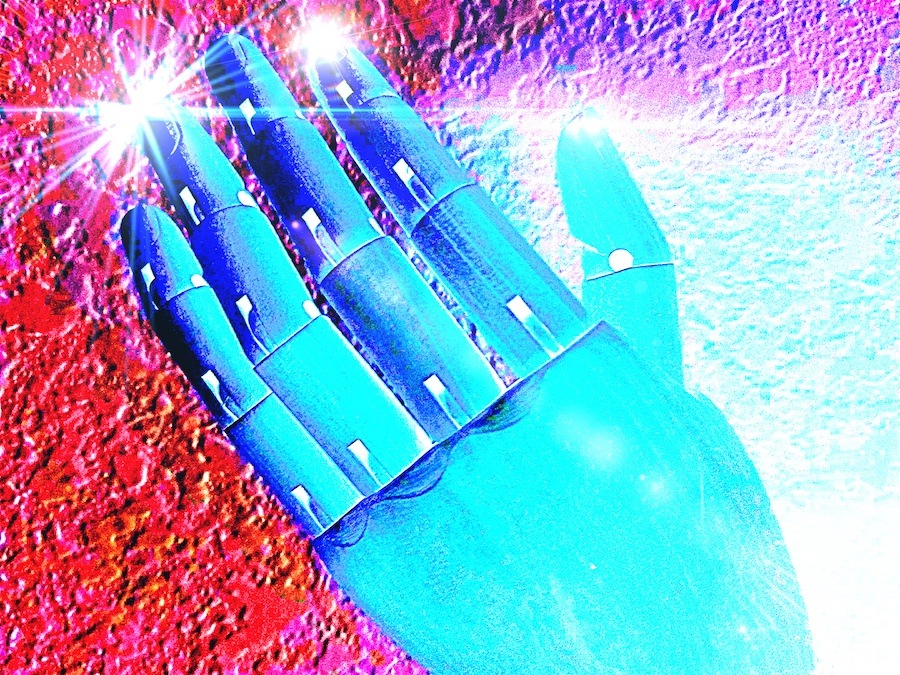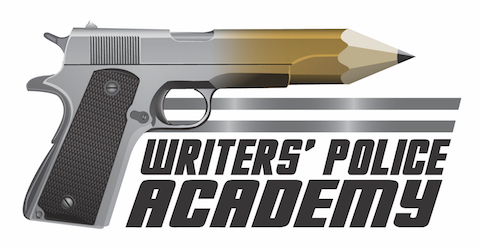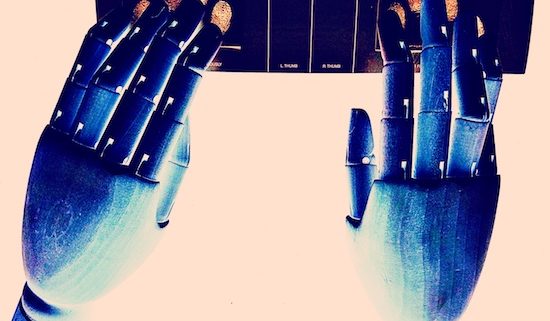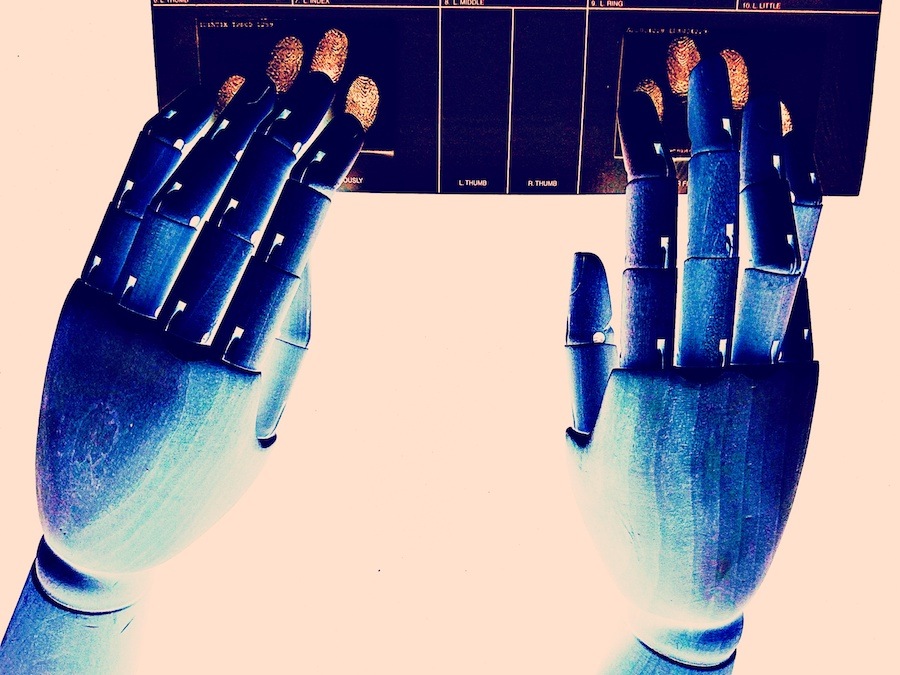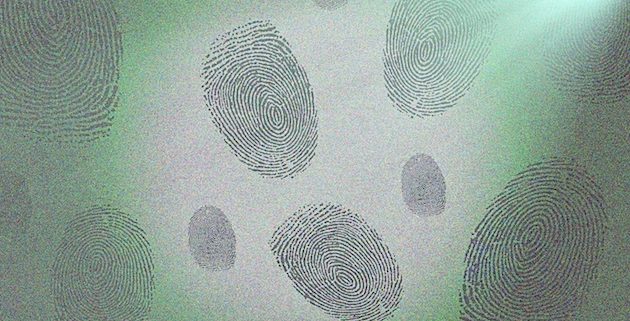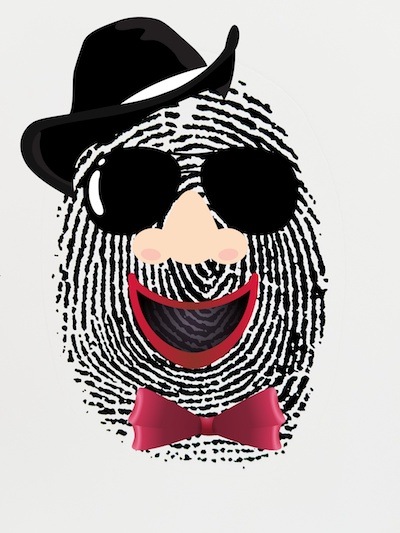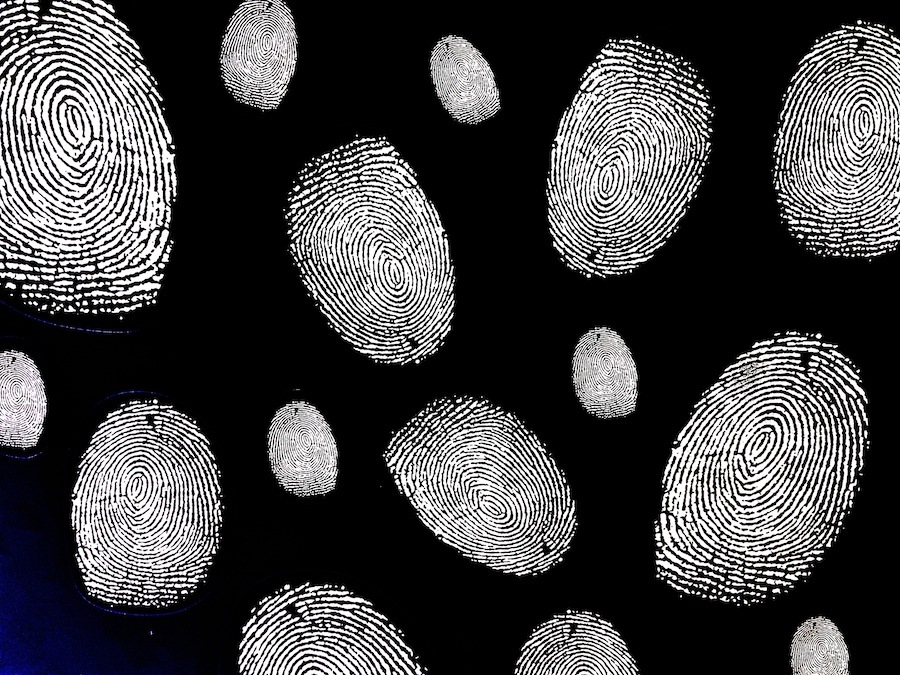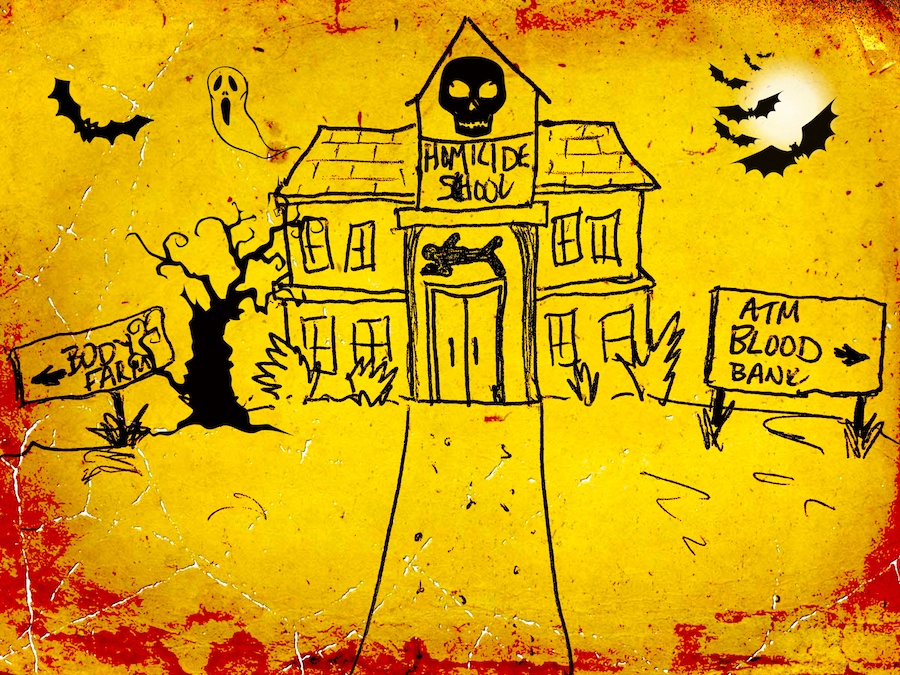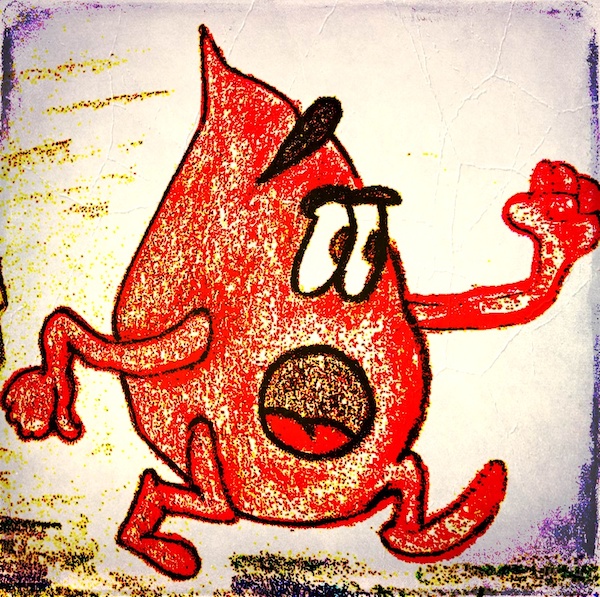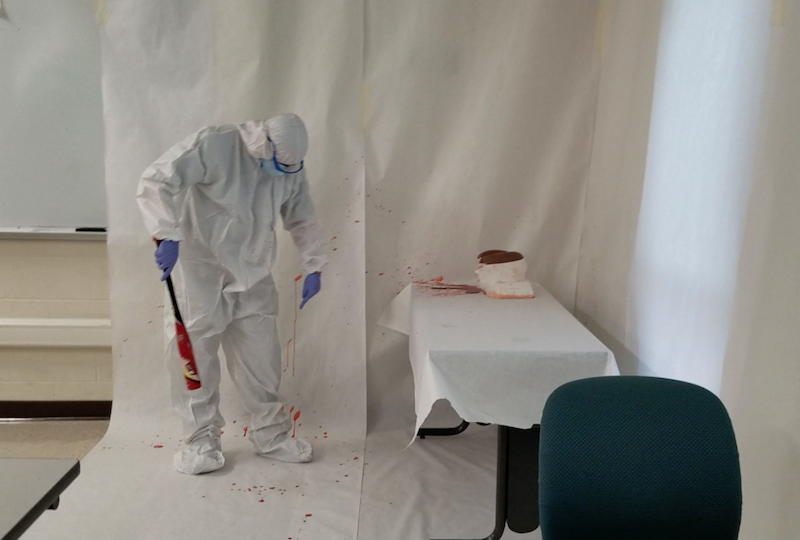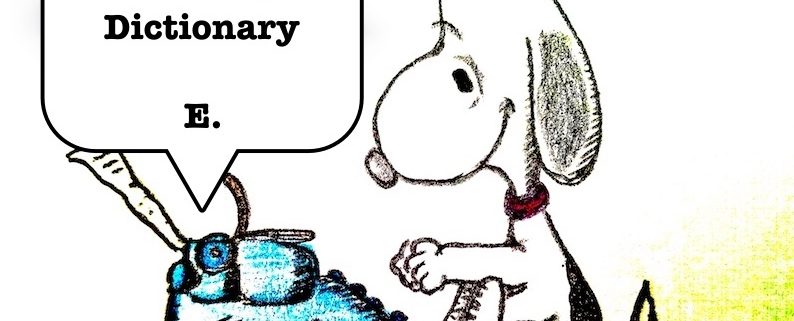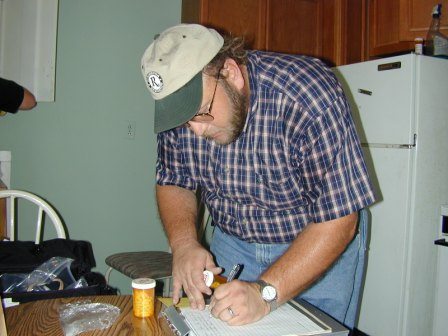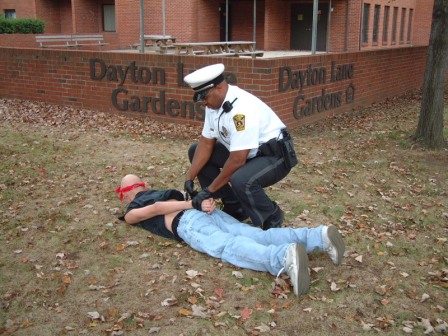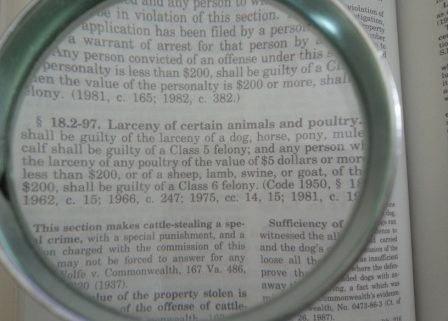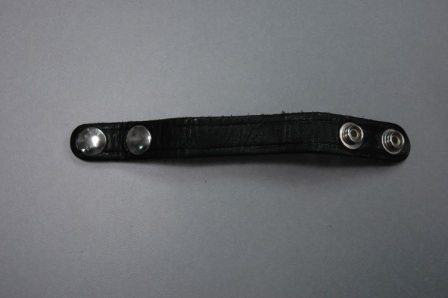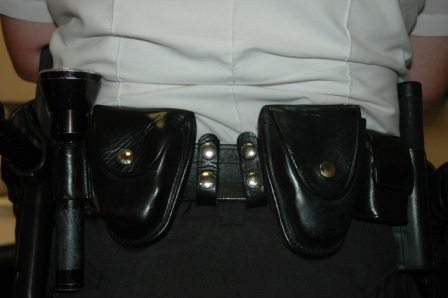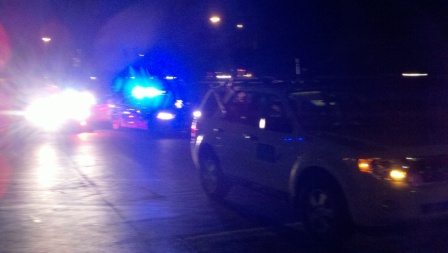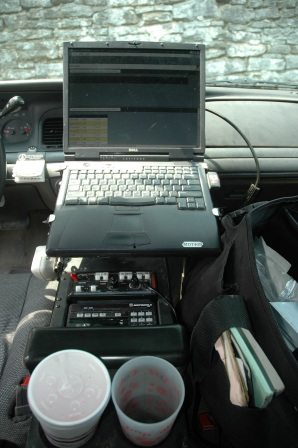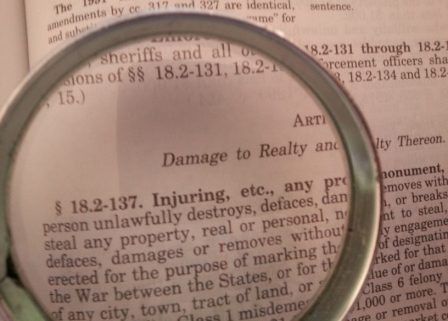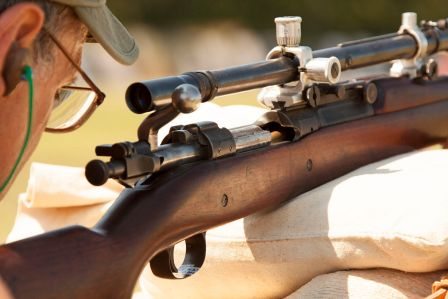Cops and bad guys often speak in unique language, and without a translator citizens sometimes feel left out of the conversation. To help you understand and to incorporate that special language into works of fiction, here are a few terms worth remembering and maybe inserting into a tale or two.
AB: Member of the Aryan Brotherhood prison gang.
ALPR: Automated license plate recognition system.
2021_st_alprfactsheet_20210105_final508
*Credit – U.S. Department of Homeland Security
ASP: Trade name for an expandable baton used by law enforcement officers. See ASP.
ATL: Attempt to locate – a directive to find a missing or wanted person.
BAC: The blood alcohol content of a person. Had a couple of drinks? Click here to check your BAC.
Basketweave: An embossed design stamped into leather duty belts, handcuff cases, etc.
Beater: Vehicle in less than desirable condition. “Is Warren still driving that same old beater?”
Big Key: Battering ram used to break down doors.
2023 Writers’ Police Academy attendees have the opportunity to use a battering ram during the class “Forced Entry – The Search For, And Capture, Of An Armed Suspect.” As an added bonus, explosive devices are used during this exciting session; therefore, participants may be required to wear protective gear during this thrilling hands-on exercise.
BOLO: Be on the look out. (NOT APB!). “I’ve issued a BOLO for the missing person/stolen vehicle/suspect.”
Bronx Roll/California Stop: Failure to stop completely at a stop sign. Driver slowly rolls past a stop sign into an intersection to continue traveling.
CompStat: A numbers-driven management tool to track crimes and police activity. Wilmington Delaware Comsat Reports and Mapping (includes data from 2023).
Dog Worthy: K-9 officer’s assessment of a scene as to whether they believe it would be worthwhile to have their dog to conduct a search, or not. “I’m sorry Sergeant, but with the presence of the enormous amount of spilled diesel fuel on the ground, I don’t believe the area is dog worthy.”
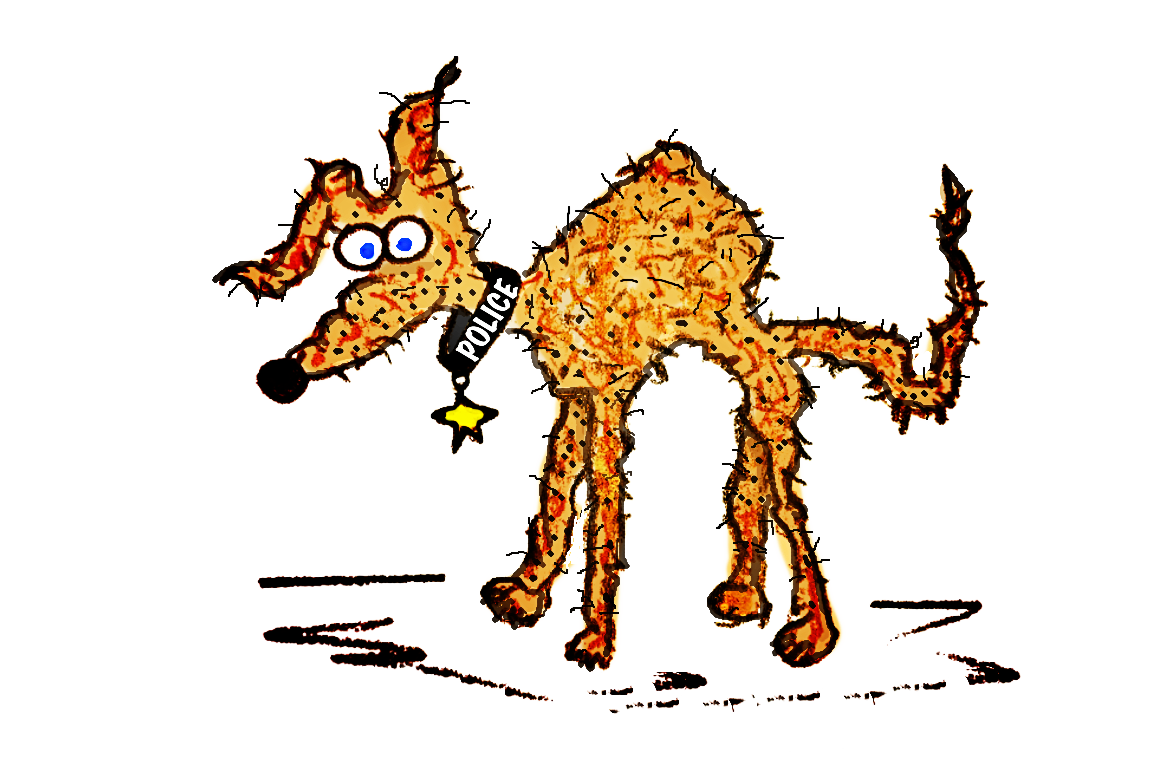
DV: Domestic violence.
Dusted: Under the influence of PCP.
Street names for PCP include Angel Dust, Boat, Crystal, Embalming Fluid, Hog, Ozone, Rocket Fuel, Shermans, Supergrass, Tic Tac, Wack, Zoom. To learn more about PCP, click here.
EDP: Emotionally disturbed person.
Eyeball: to view or observe something/someone.
Flip a Sign: Hand signs used as a means of communication between criminals.
FOP: Fraternal Order of Police. The learn about the FOP, click here.
Get Small: To get away/escape/disappear.
Good For It: Have sufficient probable cause for arrest. “Yeah, Fred, with the DNA, fingerprints, and that he had the murder weapon in his pocket, I think he’s good for it.”
HGN: Horizontal gaze nystagmus, a physiological sign intoxication.
Hit & Split: Leave the scene of a vehicle crash.
Hit the Bricks: To begin a patrol shift/depart the police station. “Okay, folks, it’s time to hit the bricks,” said Sergeant Ima N. Charge at the conclusion of the evening briefing.
Hobble: A nylon cord with snap hooks on one or both ends, used to secure the feet and legs of a combative suspect. Click here to see the RIPP™ HOBBLE device.
In the Wind: Flee on foot, escape custody, disappear. “We lost him, Lieutenant. He’s in the wind.”
OIC: Officer in Charge.
OIS: Officer-involved shooting.
Overheads: Emergency lights on the roof of a police car/vehicle. “Jenkins, you forgot to switch off your overheads after your last traffic stop. Weren’t you suspicious when everyone pulled over when you got behind them?”
PC: The minimum standard of evidence required to make an arrest.
Peerless: A popular brand of handcuffs used by law enforcement, manufactured and sold by the Peerless Handcuff Company.
Player: Suspect.
Rabbit: To run from police/the act of running. “Watch him, Sally. He’ll rabbit at the drop of hat.”
Run Code: Responding to a location with emergency lights and siren activated. “Unit 4561, robbery in progress at 666 Manson Lane. Run code.”
Sam Browne Belt: Law enforcement officer’s equipment/duty belt that holds holster, handcuffs, radio/ pepper spray, baton, and other equipment. Click here to view the Sam Browne Belt.
Slim Jim: A blade-like tool used to open vehicle doors without a key.
Tw read more about Slim Jims, here’s a link to a previous blog article:
ALL IN A DAY’S WORK: COPS, SLIM JIMS, AND SAVING BABIES
SO: Sheriff’s office.
Did You Know?
Sheriffs and sheriff’s deputies in the state of Delaware are NOT authorized to make arrests in criminal cases. They do not have police powers.
SRO: School resource officer
Tweaker: Habitual user of methamphetamine
VICAP: Violent Criminal Apprehension Program
Click the links below to learn more about VICAP.
FBI Violent Criminal Apprehension Program Career Information

2023 Writers’ Police Academy (WPA) registration is scheduled to open February 1, 2023. In the meantime, please visit us at www.writerspoliceacademy.com to view the schedule of events, a complete list of classes and instructor bios and photos, hotel information, the special Thursday afternoon session—Touch a Truck and Ask the Experts, and other details.
Reserve Your Room Early!
Hilton Appleton Hotel Paper Valley
333 W College Ave, Appleton, Wi. 54911
For reservations, call 1-800-774-1500 and Ask for the Hilton Appleton Paper Valley Hotel and the Writers Police Academy Block.
Click here for Online Reservations
The event begins at noon on Thursday June 8, 2023. It is highly recommended that you reserve your room from Wednesday June 7 – Sunday June 11 to take full advantage of the exciting activities.
Questions? Please contact Lee Lofland at lofland32@msn.com



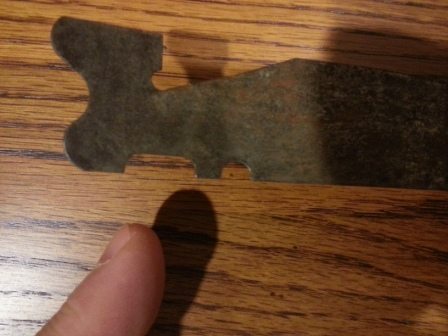
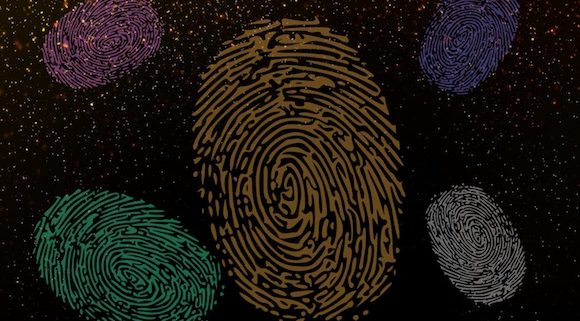
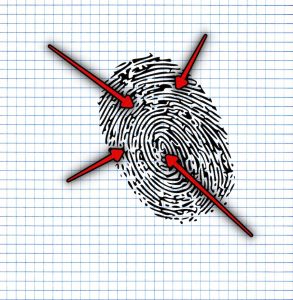
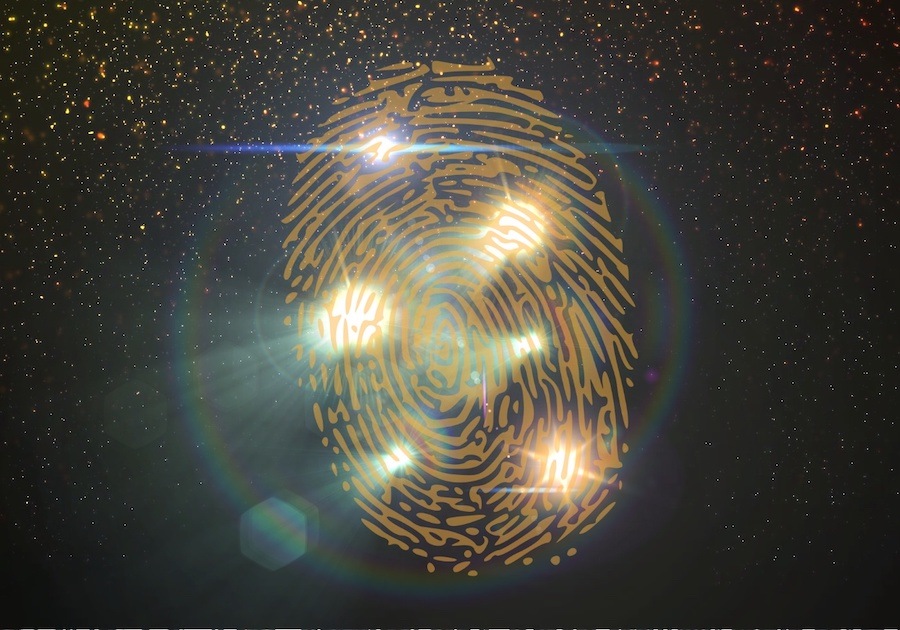
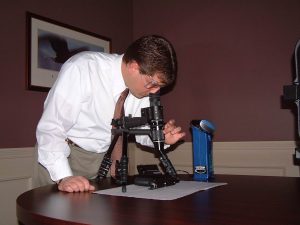
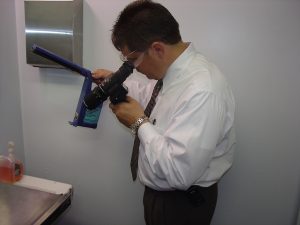 All this without the messy powders that never seem to wash away. The KS Imager can also be used to greatly enhance prints developed using cyanoacrylate fuming (Super Glue).
All this without the messy powders that never seem to wash away. The KS Imager can also be used to greatly enhance prints developed using cyanoacrylate fuming (Super Glue).